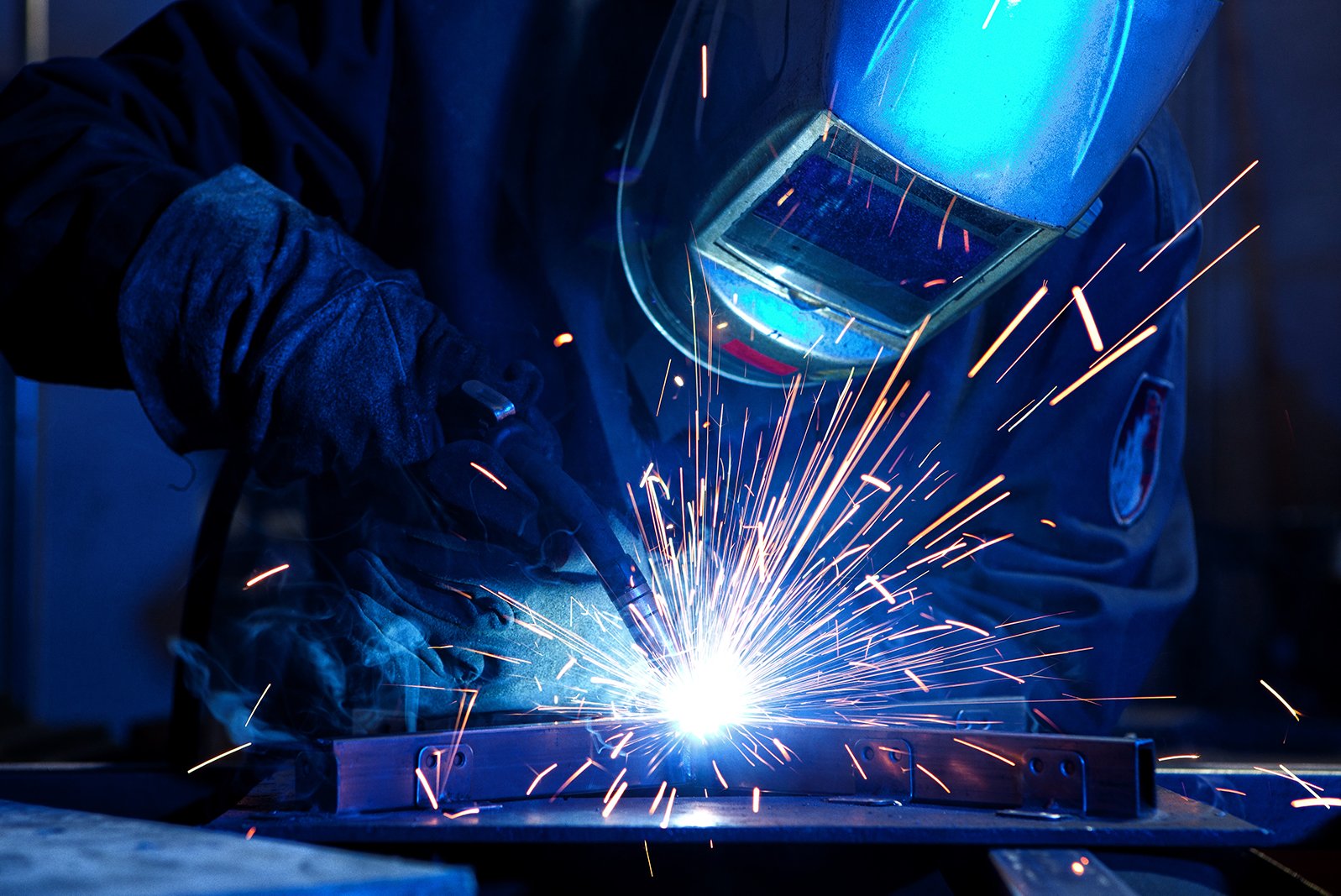
The 4 Main Types of Welding Procedures
Metalworking is both empowering and exciting. When the heat turns up and sparks fly, welders transform materials into products. The skill needs practice together with the help of experts. There are four main types of welding processes. With guidance from experts and professionals, this article provides a brief on these types.
Gas Metal Arc Welding
It’s also called the MIG or Metal Inert Gas welding process that uses thin wire electrodes. The electrode heats up when it gets into the welding equipment and towards a welding site. You must use a shielding gas to stay safe from air contaminants. The contamination comes as carbon dioxide, argon, helium, or oxygen forms. Metals like copper, stainless steel, carbon steel, nickel, and aluminum are suitable for it. It’s the most popular type of welding in many automotive or construction industries.
It’s easy to learn this welding method. Thus, it is the main center of focus for a BOC mig welder that is new in this field. It needs minimal cleanup and also offers better control of thinner metals. It also has high welding speeds.
The disadvantage of this type of welding is the cost of acquiring the shielding gas. It also can’t weld thicker metals, and it’s hard to have overhead or vertical welding.
Gas Tungsten Arc Welding
It’s also known as TIG or Tungsten Inert Gas welding. It’s common in joining non-furious thin materials like copper, aluminum, nickel, or lead. In most cases, plane or bicycle welding needs this type of welding. The TIG welding method uses a non-consumable tungsten electrode. You will use an external helium gas supply or a mix of helium and argon.
The method is the hardest to master compared to others, but it produces the best quality welds. The technique needs high welding skills. It’s because of the tiny space between the welding area and the arc. TIG welding offers the strongest welds.
Shielded Metal Arc Welding
It’s a welding method that relies on manual techniques of using consumable electrodes. These electrodes are in flux. It’s a standard method for home shop welders. It’s common for its informal name, “stick welding.” The technique refers to electrodes used to weld metals that resemble sticks. The method is cheap compared to others since it needs little equipment.
It doesn’t need a shielding gas, and you can do the welding outside in the rain or winds. It’s perfect on rusty and dirty materials.
Disadvantages
It doesn’t produce the best quality welds. The outcome is prone to cracks, shallow penetration, and porosity.
The stick welds are not durable, unlike other welding methods.

Flux Cored Arc Welding
The method is like MIG welding. It revolves on continuous wire feed processes.
Flux Cored Arc welding has two approaches. One approach involves using a shielding gas, while the other uses self-shielding agents. The shield arises when fluxing agents decompose within the wire.
The Flux Cored Arc Welding has a record of being cheap and easy to learn. As a result, flux Cored welding offers the best opportunity for starters in the welding industry. In addition, it allows outside welding in windy environments.
A semi-automatic arc offers high welding portability and speed. It makes it suit best in construction projects.
Other types of welding
Electronic laser and beam welding
It’s an exact and high-energy welding technique.
Gas welding
It’s not famous as a result of replacement by TIG welding. It needs acetylene and oxygen, and the welding kits are very portable. You can use this method to weld car exhaust parts together.
Conclusion
Welding skills are still in high demand. Knowing the above welding types makes it easy to traverse the welding industry.




